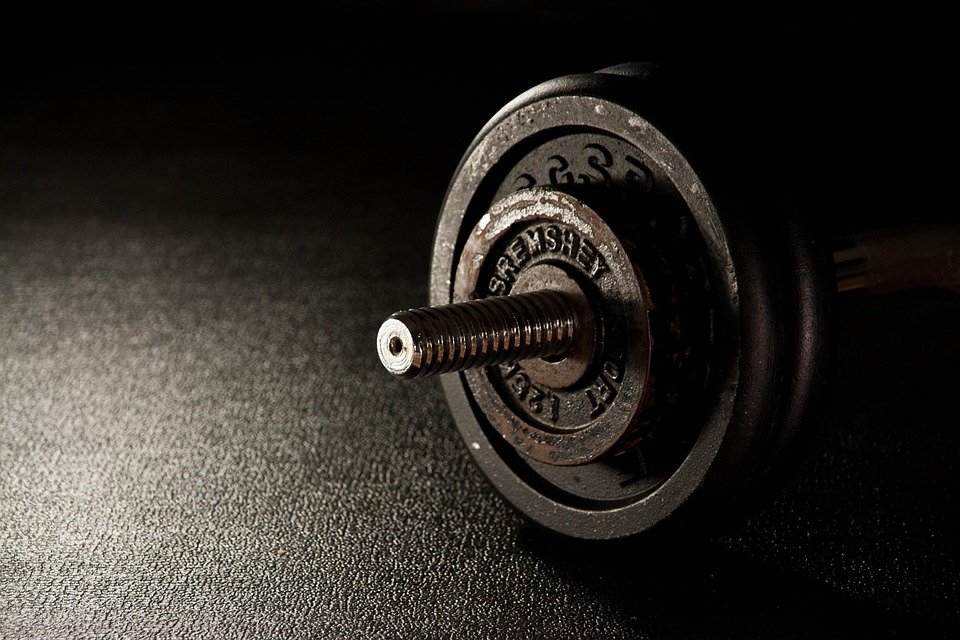Developing muscle power—your ability to generate force quickly—is critical for athletes, weightlifters, or for that matter, anyone looking to improve overall performance. Unlike pure strength training, which focuses on maximum force regardless of speed, power training blends strength with speed for explosive results. In sports, power is what helps a basketball player jump higher, a sprinter accelerate faster, and a lifter move heavy weight quickly from point A to point B.
The Science of Muscle Power
Power can be defined as force × velocity. While maximal strength improves the force side of the equation, power training focuses on applying that force rapidly. Research shows that training in the 30–70% range of one-rep max (1RM) for speed can optimize power output (Cormie et al., 2011). Lower loads are moved faster, while higher loads build the strength base needed to move heavier weights at speed.
Key Training Principles for Power
- Prioritize Compound Movements: Multi-joint lifts such as squats, deadlifts, cleans, and snatches engage large muscle groups and allow heavy, fast movement.
- Train with Explosive Intent: Whether using a barbell, dumbbells, or bodyweight, the goal is to move as fast as possible while maintaining perfect form.
- Use Moderate Loads for Speed: Work with 30–70% 1RM for Olympic lifts and jump-based training, and 70–90% 1RM for heavy strength lifts.
- Include Plyometrics: Exercises like box jumps, medicine ball throws, and broad jumps train the stretch-shortening cycle, improving your ability to produce force quickly.
- Optimize Rest Periods: For explosive training, rest 2–5 minutes between sets to allow full ATP recovery so you can sustain high velocity and force.
The Role of Strength in Power Development
Strength is the foundation of power. A stronger athlete has more potential to generate speed and force. This is why the most effective power programs combine heavy strength training (low reps, high load) with lighter, high-speed lifts and plyometrics. Olympic lifters are a prime example—they blend heavy squats and pulls with explosive snatch and clean & jerk movements.
Example Power-Building Training Plan
Here’s a sample 3-day-per-week power program that blends heavy strength lifts, Olympic-style lifts, and plyometrics. This program is designed for intermediate to advanced lifters with a good foundation of strength and lifting technique.
Lower Body Power (Day 1)
- Power Clean – 5 sets × 3 reps @ 60–70% 1RM, 2–3 min rest
- Back Squat – 4 sets × 5 reps @ 80% 1RM, 3 min rest
- Box Jumps – 4 sets × 6 reps, 90 sec rest
- Walking Lunges – 3 sets × 10 steps per leg
- Standing Calf Raises – 3 sets × 12 reps
Upper Body Power (Day 2)
- Push Press – 5 sets × 3 reps @ 65–75% 1RM, 2–3 min rest
- Bench Press – 4 sets × 5 reps @ 80% 1RM
- Medicine Ball Chest Pass – 4 sets × 8 reps
- Pull-Ups – 3 sets × max reps (weighted if possible)
- Barbell Rows – 3 sets × 8 reps
Full Body Explosive Training (Day 3)
- Snatch Pulls – 5 sets × 3 reps @ 60% 1RM
- Front Squat – 4 sets × 4 reps @ 80% 1RM
- Plyometric Push-Ups – 4 sets × 8 reps
- Kettlebell Swings – 4 sets × 15 reps
- Broad Jumps – 4 sets × 6 reps
Progression & Program Length
Power training works best when doing focused 4–6 week cycles, often following a heavy strength cycle. After building strength with 80–95% 1RM loads, switch to a power emphasis by slightly reducing weight and increasing bar speed. Aim to gradually increase load while maintaining explosive velocity. Tracking bar speed using devices like a linear position transducer can ensure you stay in the right velocity range for power development.
Recovery & Mobility
Since power training demands high neural output, recovery is essential. Schedule rest days between training sessions, focus on sleep, and incorporate mobility drills for hips, shoulders, and ankles to improve movement quality. Soft tissue work and dynamic warm-ups are also key before explosive lifts.
Final Takeaway
If you want to build muscle power, you can’t just lift heavy—you need to lift heavy and fast. Combining strength work with explosive Olympic lifts, plyometrics, and speed-based training creates a complete approach to improving athletic performance. Stick to using good form, manage your recovery, and commit to progressive overload for long-term results.
Jefit: The Best App for Building Strength, Power, and Muscle in 2025
If you’re serious about building muscle, increasing strength, and developing explosive power, the Jefit strength training app is your ultimate training companion. With over 20 million downloads and 12+ million active users, Jefit is one of the world’s most trusted workout tracking apps. Named the Best Fitness App of 2024 and featured in Men’s Health, PC Magazine, and USA TODAY, Jefit offers expertly designed workout programs, detailed gym performance tracking, and a supportive fitness community to keep you motivated. Whether you want to follow a scientifically proven power training plan, track your progress in real time, or optimize training intensity for faster results, Jefit gives you all the tools you need — in one powerful app. Download Jefit today on iOS and Android to start building strength and power with precision.
References
Cormie, P., McGuigan, M. R., & Newton, R. U. (2011). Developing maximal neuromuscular power: Part 2 – Training considerations for improving maximal power production. Sports Medicine, 41(2), 125–146.
Suchomel, T. J., Nimphius, S., & Stone, M. H. (2016). The importance of muscular strength in athletic performance. Sports Medicine, 46(10), 1419–1449.
Haff, G. G., & Nimphius, S. (2012). Training principles for power. Strength & Conditioning Journal, 34(6), 2–12.
Post Views: 50
This post is brought to you by: Source link
Best Strength Training Plan to Build Muscle Power, 2025-08-15 12:43:00














